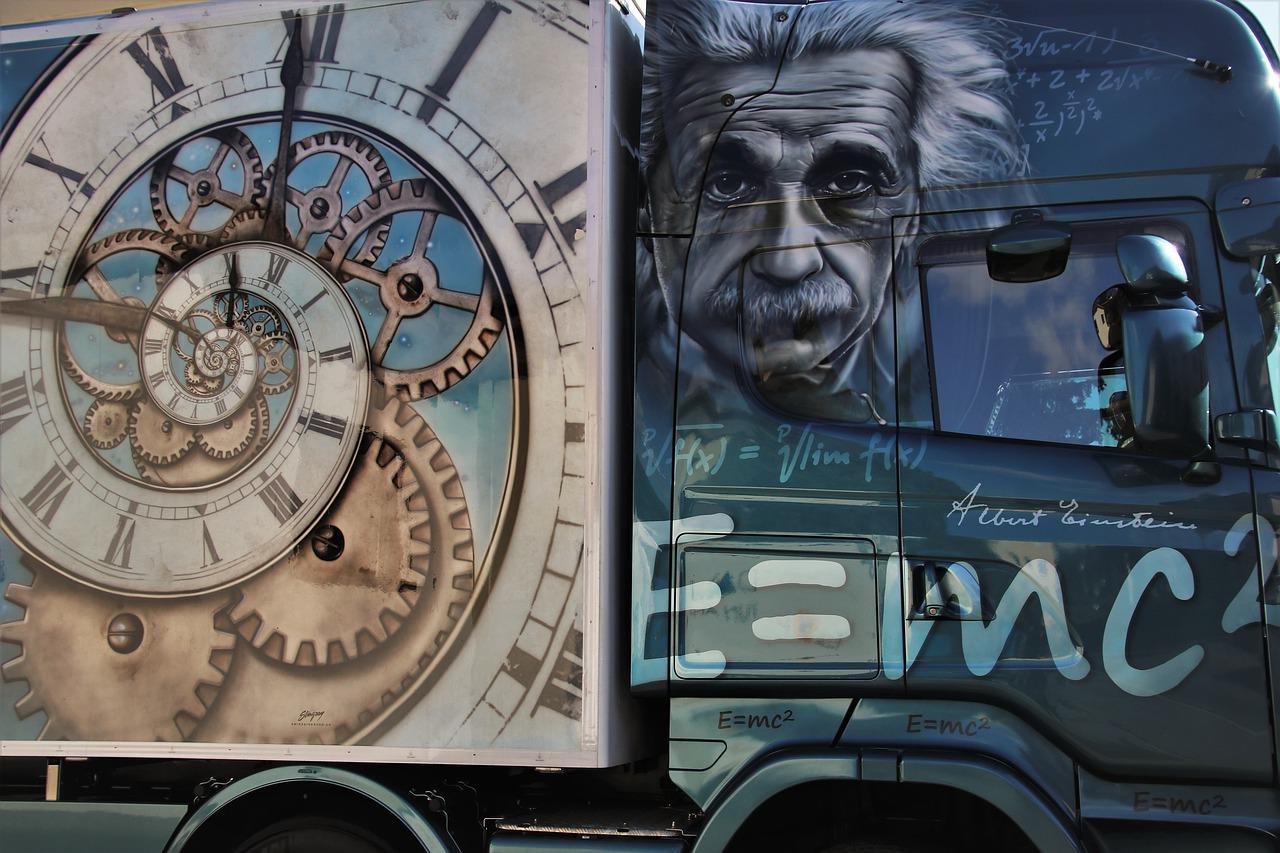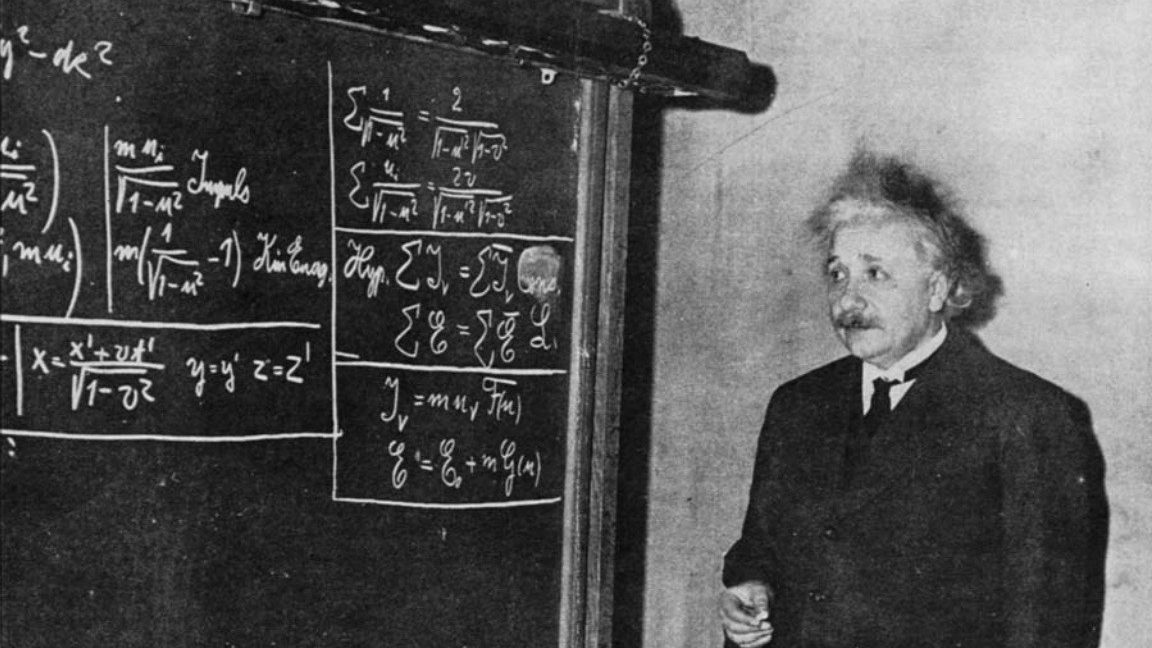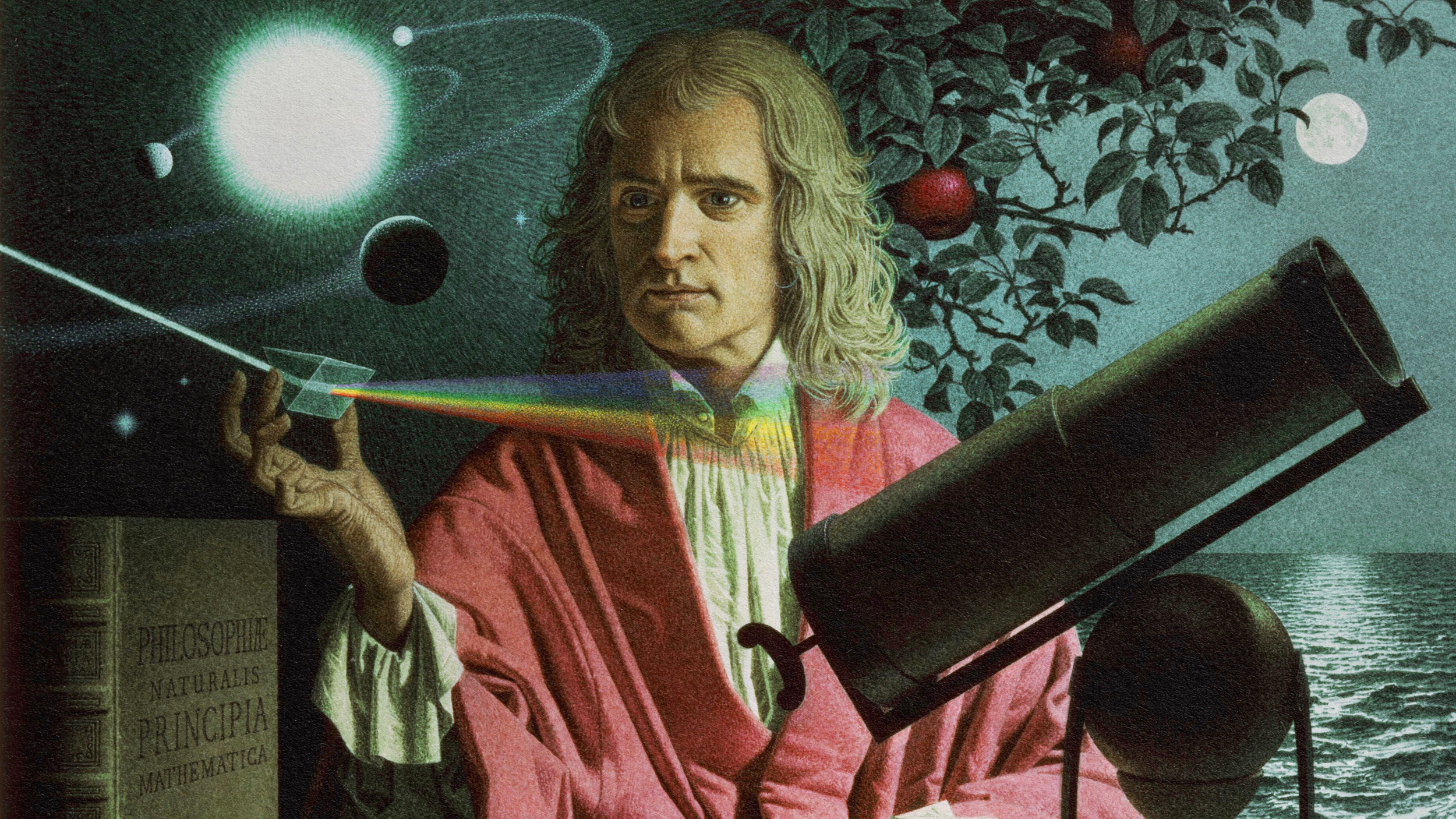Ask Ethan: Will physics ever see another Einstein or Newton?
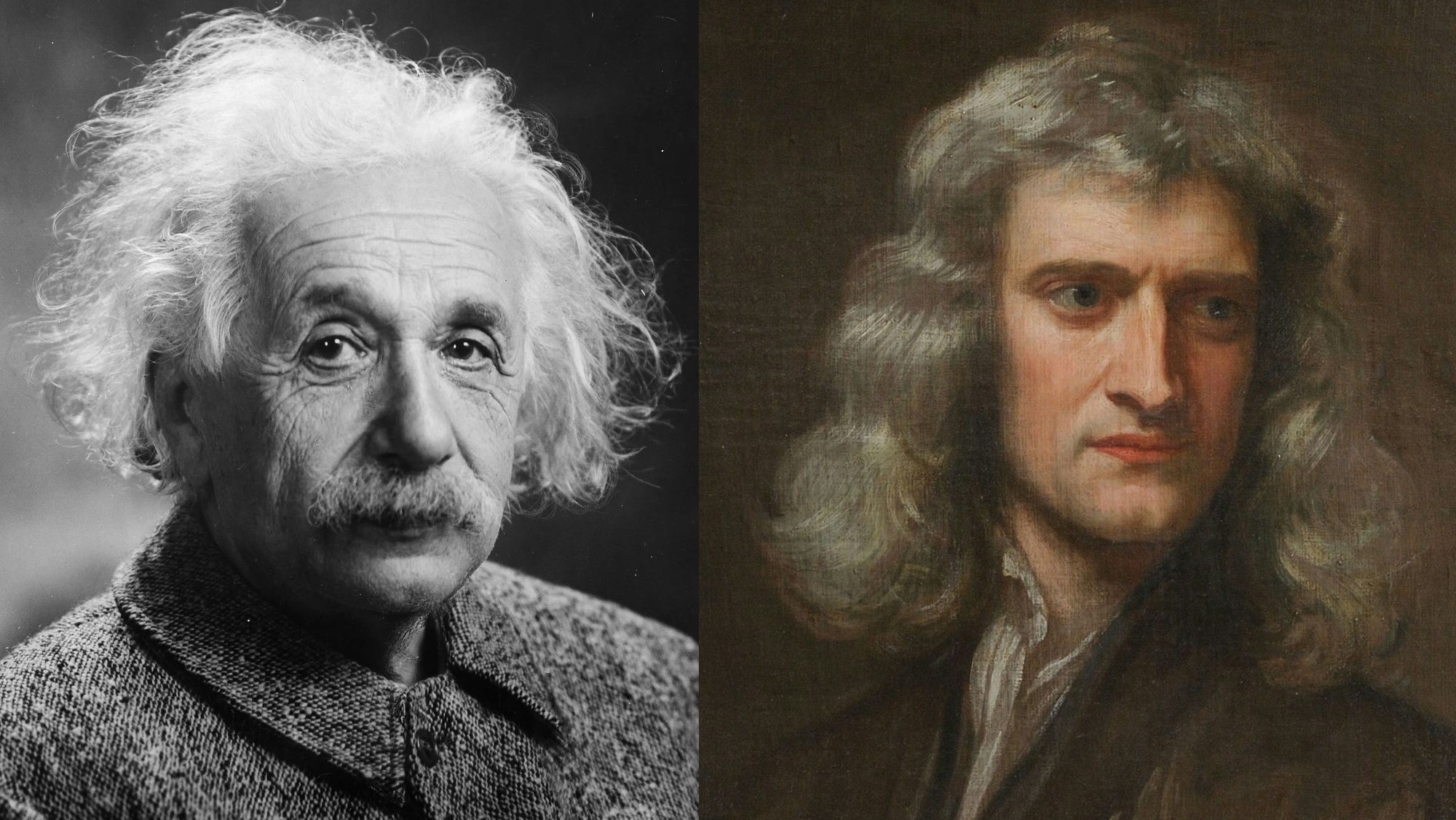
- The two most transformative figures in the history of science have been Newton and Einstein, who fundamentally changed our view of the Universe.
- To bring about the scientific revolutions that they did, they had to radically reformulate the fundamental rules that govern reality, while agreeing with all observations to date and making novel, testable predictions.
- Is such a task too ambitious for 21st century science? Would even the most brilliant mind, even a reincarnated Einstein or Newton himself, be unable to advance our understanding? It’s a question worth exploring.
If you ask anyone who the greatest scientist in history was, you’re overwhelmingly likely to come away with two names: Albert Einstein and Isaac Newton. Newton’s greatest achievements were his theories of mechanics — describing the laws of motion for physical objects — and of universal gravitation. For over 200 years, Newton’s ideas went unchallenged, until Einstein conceived first of special and then general relativity, superseding and replacing Newton’s ideas for motion and gravity. In all the time since, no other scientist has made even a comparable advance in revolutionizing how we conceive of the Universe.
Are those days over forever? That’s the question of Cameron Bishop, who observes and inquires:
“To me science has gotten quite complex. We [always hear about the] revolutionaries: the Einsteins and the Newtons. But, would you say these people are a thing of the past? Will new discoveries and new ideas come not from genius individuals but instead groups? I guess I ask this because, the more we know, the more you need to know to make a new discovery.”
Scientific revolutions are still possible. But the bar to achieve one is indeed so high that it’s hard to imagine how a single person could bring it about. Here’s why.
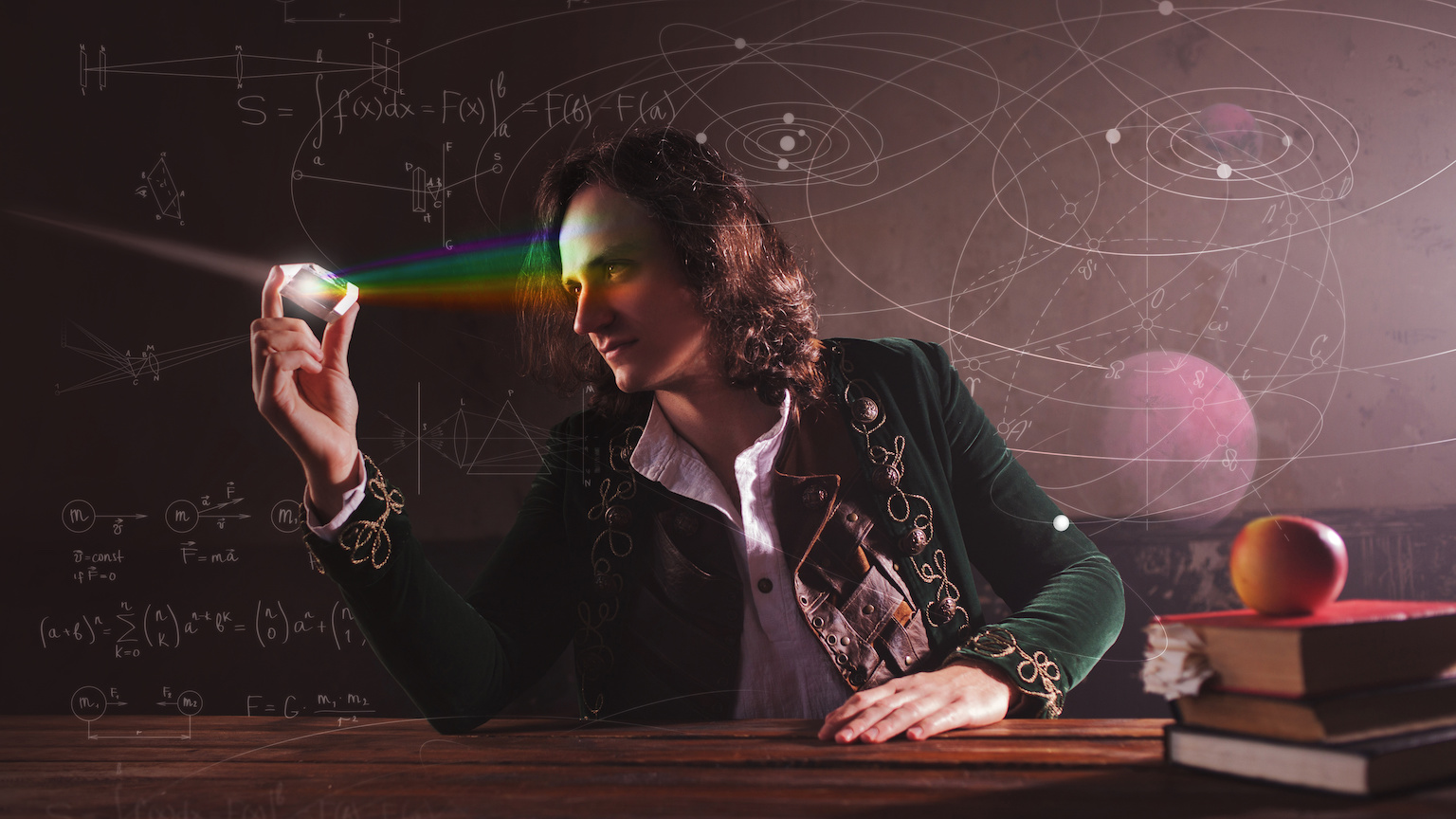
Isaac Newton and the low-hanging fruit
Although many credit Newton as the “father of physics,” the truth is a little bit murkier than that. Earlier in the 17th century, a number of major advances had been worked out determining the rules that governed the Universe.
- Galileo discovered the moons of Jupiter, the phases of Venus, and the laws of motion that related an object’s distance, velocity, acceleration, and the time elapsed to one another. The original version of relativity, Galilean relativity, is still taught in physics classes today.
- Kepler discovered the rules of planetary motion, including that planets traveled in ellipses with the Sun at one focus, how much area a given planet would trace out in its orbit in a given amount of time, and the relationship between an orbiting body’s semimajor axis (the equivalent of “radius” but for a non-circle) and its orbital period. These rules still stand today, some 400 years after they were put forth.
- Christiaan Huygens derived and understood the wave nature of oscillations and of light, including interference and diffraction. He also derived the motion of a pendulum and used the derivation for practical purposes: becoming the world’s greatest pendulum clock-maker at the time.
- And Robert Hooke, developer of microscopy and the first person to view a micro-organism, is best known for his description of the motion of a spring and all spring-like forces in one, two, and three dimensions: Hooke’s Law.
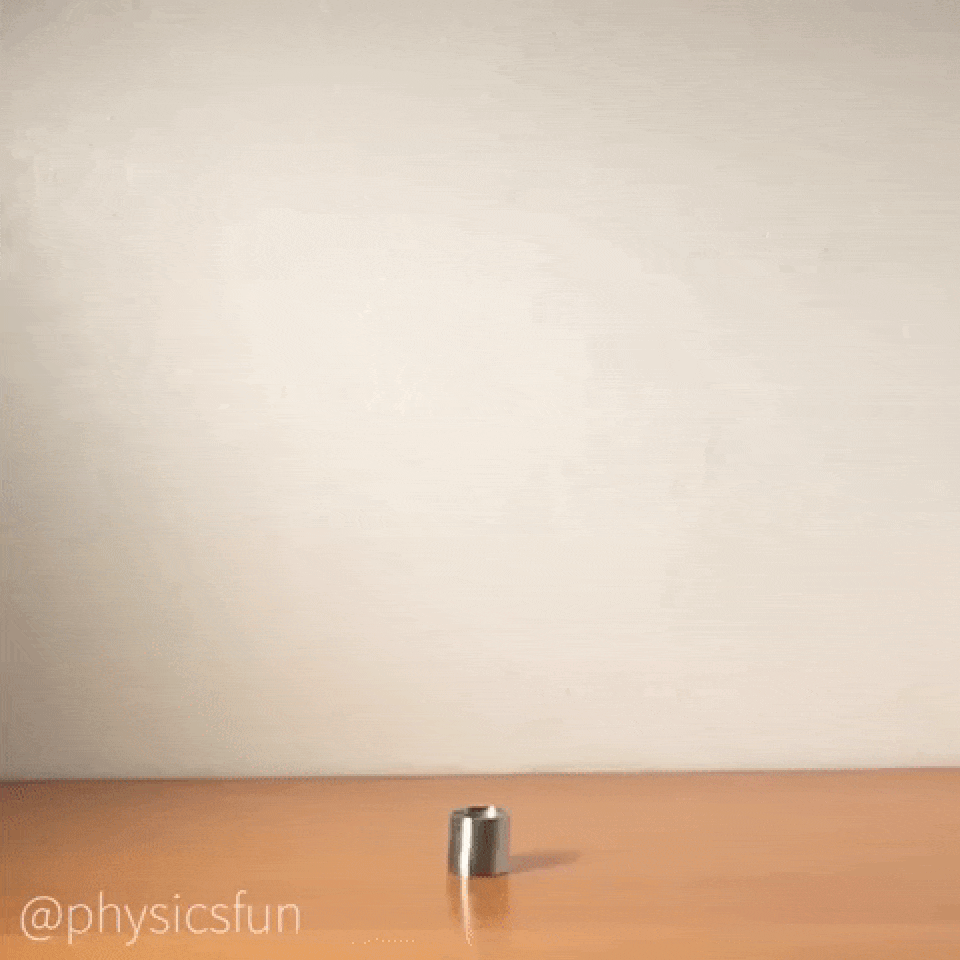
To say that “there was no physics before Newton” grossly misrepresents the actual historical facts that exist. And yet, Newton’s contributions truly were profound. By independently developing calculus (along with his contemporary, Gottfried Leibniz), Newton was able to do something that no one else had been able to do: calculate, from any initial conditions that you could set up a physical system with, what that system will evolve into or would have evolved from at any moment in the past or future. This mathematical tool remains the foundation of almost all of modern physics.
But Newton also became the first to leverage it successfully through his law of universal gravitation. By simply hypothesizing that all masses in the Universe would have a position and would all attract one another with a force that was inversely proportional to the distance between them squared, Newton could then apply calculus to determine how any object under the influence of gravity would move, arbitrarily far into the future. From objects in free-fall on Earth to the moons, planets, and comets, suddenly the Universe, like clockwork, became a predictable place.
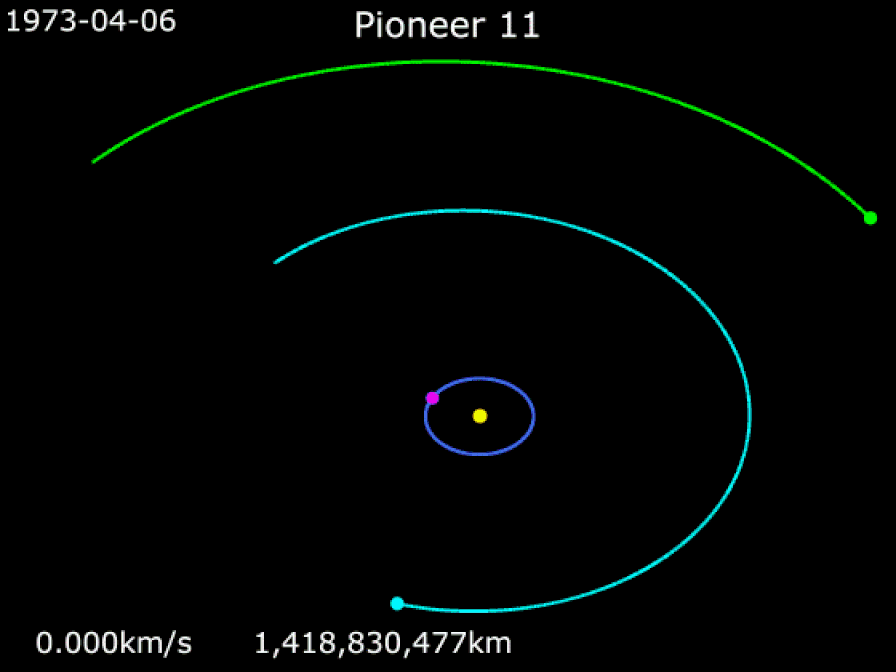
Einstein upends Newton’s foundational work
A lot of people like to compare Newton to Ptolemy for the following reason.
- For over 1000 years, Ptolemy’s geocentric model of the Universe held sway. There were proposals that considered other points of view — Aristarchus of Samos had proposed heliocentrism over a millennium before Copernicus — but through the clever use of epicycles, equants and deferents, was able to make a model of the Solar System that described planetary motion more successfully than any other. Additional tweaks were made where the theory was unsuccessful, but no revolutions were attempted for centuries. It wouldn’t be until Kepler put forth the idea of elliptical orbits that another model would be as successful as Ptolemy’s. In hindsight, however, clearly Kepler, whose laws can all be derived from Newtonian gravity, had a superior, more powerful model that also had something Ptolemy’s model didn’t possess: predictive power.
- For over 200 years, Newton’s conception of the Universe, including his laws of mechanical motion and Universal gravitation, held sway virtually unchallenged. Despite the fact that there were numerous phenomena that couldn’t be explained with Newton’s ideas alone — the orbital speed of Uranus (resolved by the discovery of Neptune), the orbital precession of Mercury (compounded by the non-discovery of Vulcan), and the breakdown of his laws at speeds near the speed of light — no one seriously put forth an alternative until the 20th century. That first alternative, by Simon Newcomb and Asaph Hall, simply altered, very slightly, the exponent in Newton’s law of universal gravitation to match the observed precession of the planet Mercury.

Of course, then Einstein came along, and the rest is history.
First, in 1905, Einstein reformulated how we considered motion. Instead of objects having universal, absolute positions at specific times, he rejected the idea that space and time would be constants to everyone. Instead, they would appear relative, dependent on where you were and how quickly (and in what direction) you were moving. The thing that would be a constant to everyone, instead, was the speed of light, a position he came to after considering that no observer could ever “catch up to” light, an electromagnetic wave, any faster than any other observer. Light always receded at the same universal speed: the speed of light in a vacuum.
From that one postulate, he was able to re-derive the phenomena of length contraction and time dilation, all without needing a medium for light to travel through, contrary to prior assumptions. This led to the unification of space and time, individually, into a single four-dimensional fabric: spacetime. It would come to explain why unstable particles lived longer when they moved close to the speed of light, and why no two observers, moving at different speeds, could agree on what the notion of “simultaneous” meant. All sorts of other consequences were derived, tested, and shown to be consistent with special relativity.

But this led to an even bigger puzzle: if space and time weren’t absolute, then how did gravitation work?
Although it took him a full decade (and a lot of help) to get there, Einstein was eventually able to successfully develop the framework we know as General Relativity. It began with the fabric of spacetime as a concept, but the recognition of a principle that Einstein would later refer to as “his happiest thought”: the equivalence principle. Einstein imagined being in a windowless room on the surface of the Earth, and trying to tell that situation apart from being in a windowless room that was accelerating freely through space, as though it were aboard a rocket ship, at precisely the acceleration due to gravity on Earth’s surface: 9.8m/s².
The answer: there would be none. Gravity is simply a form of acceleration, and therefore, those same phenomena that occur due to motion in special relativity — time dilation, length contraction, the redshifting of light, the precession of a planetary orbit, etc. — must also happen wherever you have a gravitational source. By conceiving of spacetime not just as a flat, static fabric, but one that would be curved by the presence and distribution of matter and energy, Einstein was able to completely revolutionize how we think about space, time, and gravitation in one fell swoop.

What was truly revolutionary
What’s often overlooked, however, is that both Newton and Einstein didn’t simply come up with good ideas that agreed with observations. The big thing that each one was able to do was to make a novel prediction — one that had never been made before and that differed significantly from any prior theory’s predictions — that could be measured and tested, either validating or invalidating the new theory.
Newton’s great prediction actually came about because of a question that famed astronomer Edmond Halley asked him, about the orbit of a comet in a gravitational field that followed an inverse-square force law. It led to the prediction of the return of what we know today as Halley’s comet in 1758. Although both Newton and Halley were long dead by that point, it remains one of the most spectacular theoretical confirmations of all-time.
Einstein’s came much more quickly: his theory predicted a large and specific deflection of light that passed near a large gravitational mass. Realizing that stars were visible near the limb of the Sun during a total solar eclipse, expeditions were planned to monitor those eclipses in the years following 1915. Despite the difficulties arising from World War I and clouds over the critical locations in the United States during the great eclipse of 1918, a 1919 expedition organized by Arthur Eddington did, in fact, measure the deflection of light by the Sun. Einstein, and not Newton, wound up carrying the day.

In both cases, there were pre-existing theories that were already in place that explained part — but not all — of the various phenomena that had already been observed. In both cases, there were outstanding questions and puzzles whose solutions had remained elusive. And, in both cases, there were either incompletenesses or inconsistencies in the prevailing theory of the time.
When Newton and Einstein each came along, what they did was lay a new foundational principle upon which a novel theory could be constructed. That theory would be self-consistent and predictive in ways that the prior theory wasn’t: Newton unifying the forces that occurred on Earth and in the heavens with one another, Einstein unifying the concepts of spacetime and relativity with the phenomenon of gravitation.
But each one also had to clear the high bar of the three challenges that any scientific theory must pass in order to supersede another.
- The new theory must successfully accommodate every single successful prediction made by the old theory. There must be no failures of the new theory where the old one succeeded.
- The new theory must successfully explain the specific phenomena that the old theory was unsuccessful in explaining. Its post-dictive power must be immediately apparent.
- And the new theory must make explicit predictions about observable phenomena that differ, in a quantitative way, from the old theory, and then the critical test must be decisively performed.
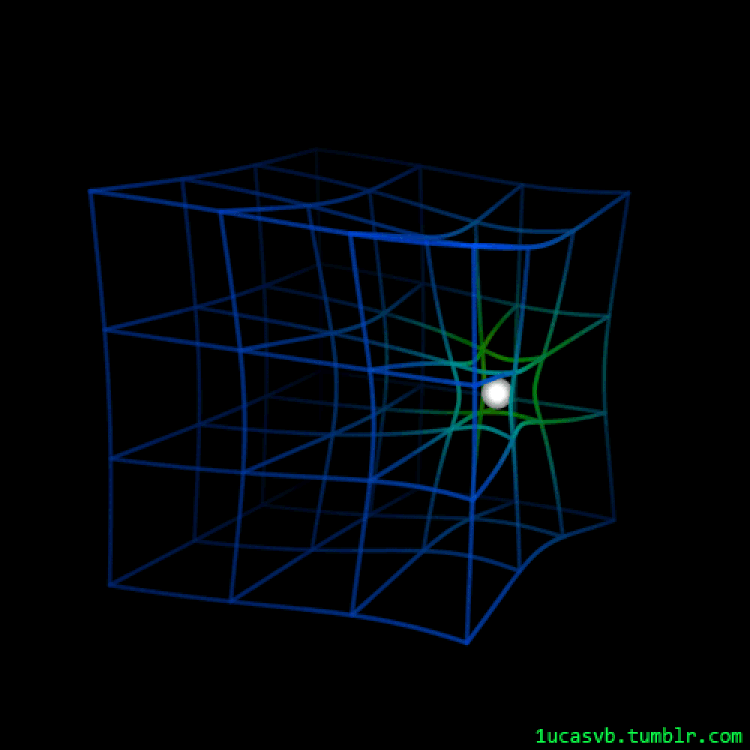
Will there ever be another revolution as big as Newton’s or Einstein’s?
The more phenomena there are that have already been measured, observed, experimented with, and quantified, the more difficult it is for any new idea to even match the predictions of the prevailing, pre-existing theory. Coming up with a new foundational principle from which a large swath of existing physics can be derived is exceedingly difficult; most modern attempts can’t even clear that bar!
- Attempts at modified gravity haven’t been able to do it.
- Emergent or entropic gravity hasn’t been able to do it.
- String theory can only do it if you throw away six spatial dimensions and set an “extra” parameter, the Brans-Dicke parameter, to infinity, an assertion that’s made without a sufficient explanation.
Most attempts at a new foundational principle start from the perspective of attempting to explain a phenomenon that the current theories can’t explain, and attempt to work backward to shoehorn in the original theory’s successes, an approach that’s been fruitless so far.
Either that, or they attempt to preserve everything about the modern theory, but modify it slightly to accommodate a previously unexplained phenomenon. Unfortunately, the pattern of “introducing one new free parameter to explain one and only one new phenomenon” has never paid off. It’s possible that it never will.

Which isn’t to say that physicists shouldn’t keep trying; of course we should! The closest, I would argue, that anyone has come in the years since Einstein to overturning our prior conception of the Universe came when Alan Guth proposed the theory of cosmological inflation. (Independently, others, including Alexei Starobinskii and Robert Brout had proposed something very similar to Guth.) By hypothesizing an early period of rapid, exponential expansion driven by energy inherent to the fabric of space, where that energy then “decayed” into quanta of matter, antimatter, and radiation, inflation could:
- reproduce all of the Big Bang’s successes,
- explain multiple cosmic puzzles that the Big Bang could not like flatness, uniform temperatures, and a lack of high-energy relics,
- and could make new predictions about the fluctuations and maximum temperature the hot Big Bang would have been occurred with.
It’s not an easy task, and most attempts to overthrow or supersede our best prevailing theories today ultimately fail before getting very far at all. But the only way to know if it’s possible to come up with a superior theory is to try. Whether it’s a team or an individual, it’s vital to recognize that only the Universe itself can ultimately decide for us how nature truly behaves. It’s up to us to put it to the right test.
Send in your Ask Ethan questions to startswithabang at gmail dot com!
